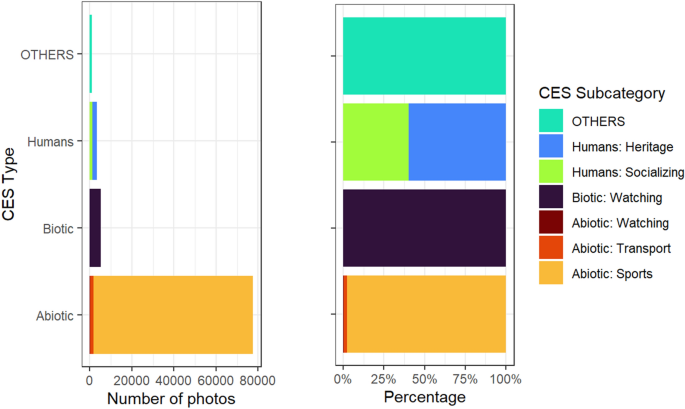2024-08-05 ミュンヘン大学(LMU)
◆ミュンヘン量子科学技術センターの研究者らは、冷却原子と分子実験を用いてドープされた量子磁石をエミュレートする新しい方法を提案し、反強磁性と可動電荷キャリアの相互作用を研究する新しい実験プラットフォームを提供しました。この方法は、ドープされた反強磁性体の運動をシミュレートし、長年の謎である高温超伝導のメカニズム解明に役立つと期待されています。
<関連情報>
- https://www.lmu.de/en/newsroom/news-overview/news/doping-a-quantum-magnet.html
- https://journals.aps.org/prl/abstract/10.1103/PhysRevLett.132.230401
反強磁性ボソニック– モデルとピンセット・アレイでの量子シミュレーション Antiferromagnetic Bosonic – Models and Their Quantum Simulation in Tweezer Arrays
Lukas Homeier, Timothy J. Harris, Tizian Blatz, Sebastian Geier, Simon Hollerith, Ulrich Schollwöck, Fabian Grusdt, and Annabelle Bohrdt
Physical Review Letters Published 4 June 2024
DOI:https://doi.org/10.1103/PhysRevLett.132.230401
Abstract
The combination of optical tweezer arrays with strong interactions—via dipole exchange of molecules and Van der Waals interactions of Rydberg atoms—has opened the door for the exploration of a wide variety of quantum spin models. A next significant step will be the combination of such settings with mobile dopants. This will enable one to simulate the physics believed to underlie many strongly correlated quantum materials. Here, we propose an experimental scheme to realize bosonic – models via encoding the local Hilbert space in a set of three internal atomic or molecular states. By engineering antiferromagnetic (AFM) couplings between spins, competition between charge motion and magnetic order similar to that in high- cuprates can be realized. Since the ground states of the 2D bosonic AFM – model we propose to realize have not been studied extensively before, we start by analyzing the case of two dopants—the simplest instance in which their bosonic statistics plays a role—and compare our results to the fermionic case. We perform large-scale density matrix renormalization group calculations on six-legged cylinders, and find a strong tendency for bosonic holes to form stripes. This demonstrates that bosonic, AFM – models may contain similar physics as the collective phases in strongly correlated electrons.


